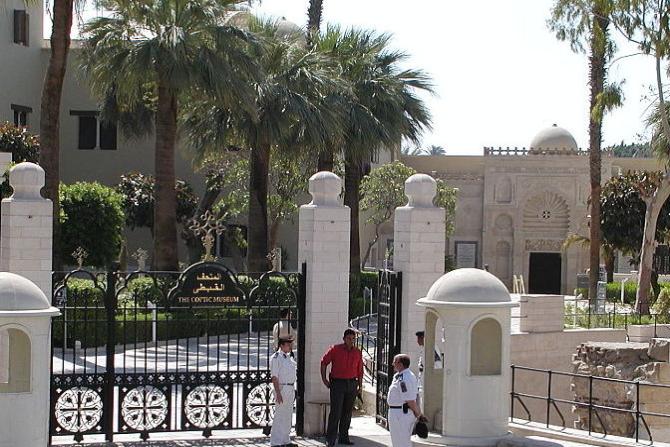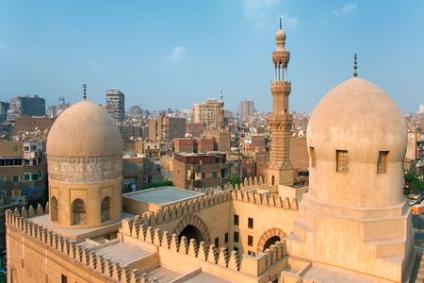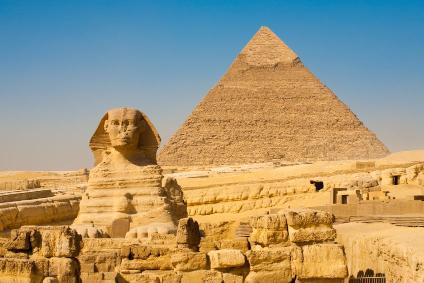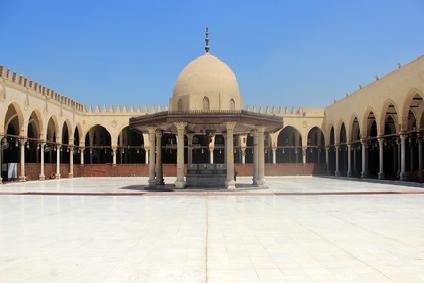The Coptic Museum was initially inaugurated in 1910 and most
of the collection comes from donations and contributions. It holds the world’s
largest collection of Egyptian Christian items. “Coptic” means Egyptian
Christian Church; the Coptic Period in Egypt was during the 3rd-7th
century bridging the gap between Roman religion and the Muslim conquest in the
7th century. As the Copts were present during the late Roman and
Byzantine Egyptian eras their art displays elements of Greco-Roman, Byzantine
and even Muslim culture. In 1939 the
Egyptian Service of Antiquities moved their collection of Christians
Antiquities from the Egyptian Museum to the Coptic Museum. Ever since that time
all artifacts found at Christian sites or related to Christian history in Egypt
are displayed here. The museum manages to link the Coptic history in Egypt with
the Pharaonic, Greco-Roman and Islamic antiquities and show how the different
cultures influenced Coptic art. The museum is housed within the walls of the
Fortress of Babylon in Coptic Cairo. Also within the walls are Cairo’s historic
churches including St. Sergius; the 4th century St. Barbara and the
Hanging Church dating back to the 6th century. The museum covers
8,000m²
and includes various Christian buildings and gardens.
The museum holds a total of 16,000 artifacts of which 1,200 are on display at any one time. Among the highlights of the museum there are funeral steles from the 2nd-5th century. Among the collection there are religious garments, manuscripts, icons, iconostasis screens, pottery, ivory and bone objects, coins, wickerwork, altars, crosses, lecterns, wooden panels and frescoes among other treasures.












